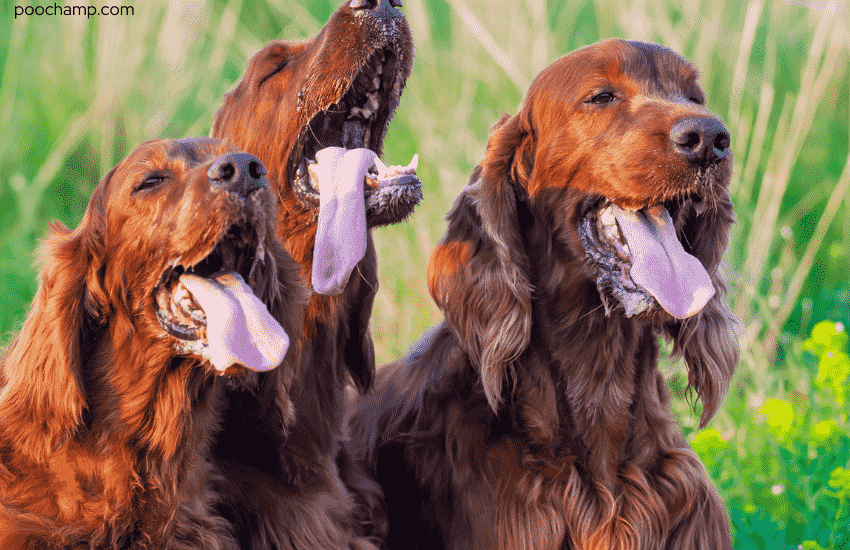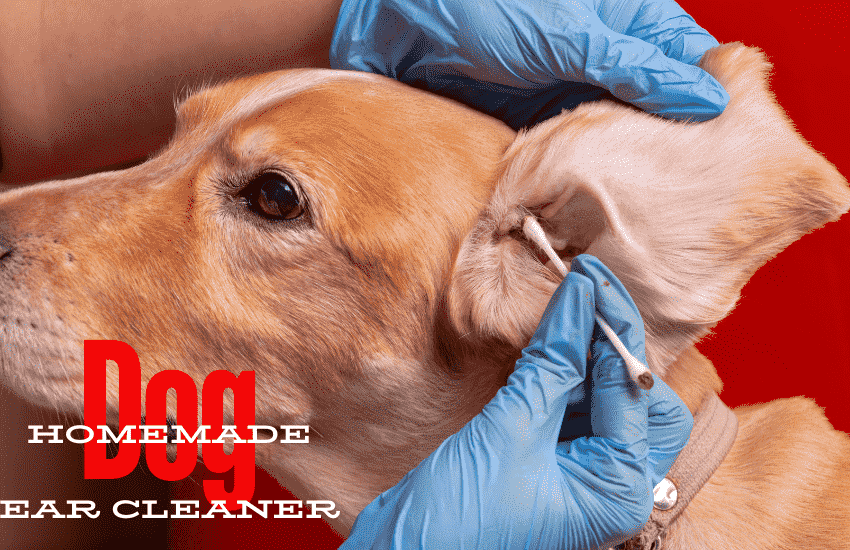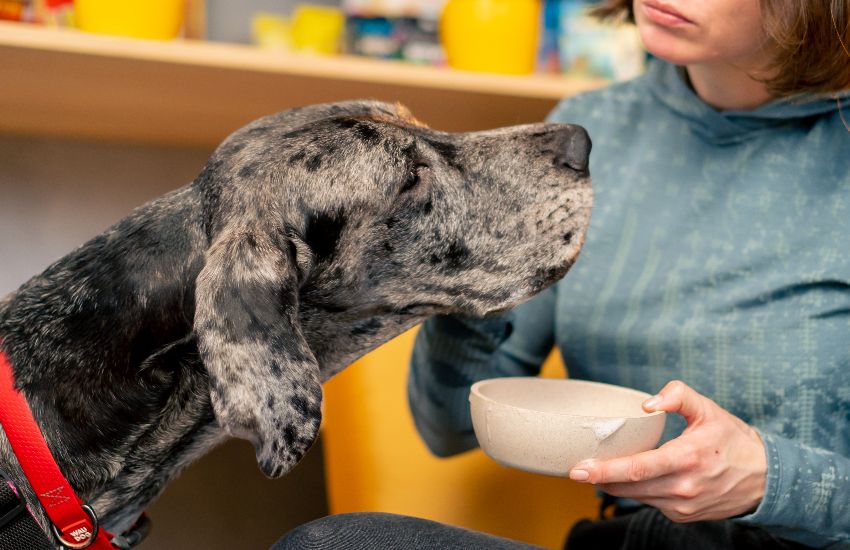How do dogs regulate their body temperature? Dogs regulate their body temperature primarily through panting and sweating through their paw pads. They also alter their behavior to adapt to temperature changes.
Understanding how dogs maintain their ideal body temperature is crucial for their health and well-being. While humans sweat across their skin surface to cool down, dogs have limited sweat glands, which are mostly located on their paw pads. Panting allows them to evaporate moisture from their lungs and tongue, which dissipates heat and cools their body.
On warmer days, dogs might seek shade, drink water frequently, and reduce their activity levels to avoid overheating. Conversely, in colder environments, they rely on their fur for insulation and may increase their activity to generate body heat. Proper hydration, adequate shelter, and mindful exercise are essential in helping our canine friends stay comfortable in varying temperatures.
What Is A Dog’s Average Body Temperature
Ever wondered how your furry friend keeps cool during a game of fetch on a sunny day? Dogs have a unique way of regulating their body temperature, ensuring they maintain a comfortable temperature for dogs. Unlike humans, who sweat across most of their body, dogs rely on panting and releasing heat through their paws and noses. A key factor in this cooling system is their average body temperature, which is higher than that of humans.
What Is A Dog’s Average Body Temperature?
The average body temperature of a dog typically hovers around 101 to 102.5 degrees Fahrenheit. This is the sweet spot where they feel their best. To keep this temperature steady, dogs use a combination of internal and external mechanisms. Just as a car radiator expels heat from the engine, a dog’s panting and minimal sweating help to release excess heat from their body. Keeping an eye on their temperature is crucial, as a deviation can indicate health issues.
- Panting helps to evaporate moisture from the tongue, cooling the blood vessels.
- Heat dissipates through the pads of their feet and their nose.
- Resting in shaded areas or water helps them cool down.
- Body posture changes can increase airflow and reduce heat.
Maintaining a comfortable temperature for dogs is a delicate balance. Pet owners should ensure their dogs have access to shade and water, especially on hot days. Recognizing a dog’s signs of overheating can prevent heatstroke, which is crucial for their health and well-being.
How do dogs regulate their body temperature?
Dogs have unique ways to keep their body temperature just right. This is vital for their health and happiness. Body temperature regulation helps dogs stay active and comfortable, whether it’s hot or cold outside.
How Dogs Stay Cool
Dogs cannot sweat through their skin like humans. Instead, they release heat by panting. When dogs pant, they evaporate moisture from their tongues, which cools them down. They also sweat through the pads of their feet.
- Shade and water are essential for keeping dogs cool in hot weather.
- Short-haired breeds may need extra protection from the sun, like sunscreen or special clothing.
How Dogs Stay Warm
In colder temperatures, dogs conserve heat by reducing blood flow to their skin. Their fur provides insulation, trapping warm air close to their body. Some breeds have undercoats for extra warmth.
- Providing a warm bed and shelter is crucial in cold weather.
- Dogs might need winter coats or sweaters, especially short-haired breeds.

The Role Of Breed And Size
Different breeds and sizes of dogs regulate temperature differently. For example, small dogs lose heat faster than large dogs. Thick-furred breeds like Huskies are better equipped for cold, while short-haired breeds struggle.
| Breed Type | Cold Tolerance | Heat Tolerance |
|---|---|---|
| Huskies | High | Low |
| Greyhounds | Low | High |
Knowing your dog’s breed can help you keep them comfortable in any weather.
Dogs’ Natural Cooling Mechanisms
Dogs have unique ways to keep cool and manage their body temperature. Unlike humans, they can’t sweat through their skin. Instead, they rely on other methods. Let’s explore how dogs cool off using their natural cooling mechanisms.
Panting
Panting is a dog’s main way to cool off. When dogs pant, they evaporate moisture from their tongues, inside their mouths, and upper respiratory tract. This helps lower their body heat. Here are key points about panting:
- It’s a quick way for dogs to release heat.
- Air moves quickly over their wet tongue, cooling them down.
- Panting increases heart rate and helps circulation.
How effective is panting? Let’s look at a table:
| Condition | Effectiveness |
|---|---|
| Mild Heat | Highly Effective |
| Extreme Heat | Less Effective |
Panting works well in mild conditions but is less effective in extreme heat. Dogs might need extra help to cool down then.
Sweating Through Paw Pads
Another way dogs cool off is through their paw pads. Unlike humans, dogs only sweat through their paws. Here’s what you need to know:
- Their paw pads have sweat glands.
- This sweating is minor but helps in cooling.
- Wet paw prints can sometimes be seen on the ground.
Is sweating through paw pads enough? On its own, no. Dogs rely more on panting. But every bit helps. Sweating through paw pads complements panting, especially on hot surfaces. Dogs might seek cool, shaded areas to help their paw pads cool down better.
In summary, how do dogs cool off? Mainly through panting and, to a lesser extent, sweating through their paw pads. Together, these mechanisms help dogs manage their body temperature and stay cool.
Adapting To Hot Environments
Dogs are smart. They know how to stay cool. In hot places, they find ways to keep their body temperature just right. Let’s learn how they do this.
Seeking Shade
Dogs look for shade to escape the sun. This simple act keeps them cool. They use trees, buildings, or anything that blocks the sun. Here’s how they benefit:
- Lower body temperature: Shade offers a cooler spot, dropping their body heat.
- Resting area: It’s a comfortable place for them to relax and recover.
Owners can help by:
- Providing access to shaded areas during walks.
- Setting up a shelter in the yard.
Shade is essential, especially between 10 AM and 4 PM, when the sun is strongest.
Finding Water Sources
Dogs also stay cool by finding water. Drinking water keeps them hydrated. Playing in water lowers their body heat. Here’s why water is vital:
| Activity | Benefits |
|---|---|
| Drinking | Keeps them hydrated |
| Swimming | Cools down body quickly |
| Wading | Offers a fun way to cool off |
Owners should ensure:
- Fresh water is always available.
- Water bowls are refilled with cool water.
- Safe water play areas are accessible.
Keeping dogs hydrated and letting them play in water are key in hot environments.
Adapting To Cold Environments
Dogs have cool ways to keep warm in cold places. They change their fur and find cozy spots. Let’s dive into how they do it.
Fluffing Up Their Fur
Dogs make their fur fluffy to trap warm air. Think of it like wearing a thick sweater. This air acts as insulation. Different dogs have different fur types. Some have a double coat. The outer layer keeps water away. The inner layer keeps them warm. Here’s what happens:
- Dogs fluff up – They shake their body, making the fur stand up.
- Oil in their fur – This makes the fur waterproof. It’s like wearing a raincoat.
Thick fur means better warmth. Dogs with thin fur might need a sweater outside.
Seeking Warmth
Dogs also find warm places to snuggle. They have smart ways to stay toasty:
- Sunbathing – They sit in sunny spots. It’s like enjoying a warm bath.
- Snuggling – They get close to their humans or other pets. It shares warmth.
What else helps them stay warm?
- Warm beds – Special beds keep them off cold floors.
- Indoor spots – They find the warmest room to nap in.
Being indoors helps a lot. But, dogs also love blankets and cozy corners.
Factors Affecting Body Temperature Regulation
Dogs have smart ways to keep their body temperature just right. They don’t sweat all over like humans. Instead, they pant and have sweat glands in their paws. Their fur also helps them stay warm or cool. But many things can change how well they can keep their body temperature steady.
Breed And Coat Type
Different dog breeds and their coats play a big role in how they handle heat and cold. Thick-coated breeds, like Huskies, are champs at staying warm in freezing weather. Yet, they might find it tough in hot climates. On the flip side, short-haired breeds, such as Greyhounds, love warm weather but might shiver when it’s cold. Here’s a quick look at how breeds and coats affect temperature control:
- Double-coated breeds: They have a top layer and a warm under layer. They are great for cold places but need help cooling down when it’s hot.
- Single-coated breeds: They have just one layer of hair and often manage better in warm weather.
- Light-colored coats: They can reflect sunlight, which helps dogs stay cool.
- Dark-colored coats: They absorb more heat, which can make summer a bit tougher for these dogs.
Let’s see how different coat types manage temperature with a simple table:
| Breed Type | Coat Type | Cold Weather | Hot Weather |
|---|---|---|---|
| Double-Coated | Thick | Good | Needs Care |
| Single-Coated | Thin | Needs Care | Good |
| Light-Colored | Varies | Good | Very Good |
| Dark-Colored | Varies | Good | Needs Care |
Physical Activity Level
How active a dog is can also change how they control their body temperature. Active dogs create more body heat, so they need to cool down more. Here’s what happens:
- Running and playing: These make a dog’s body warm up fast. They need to pant more to cool down.
- Resting: When dogs chill, they don’t need as much panting. They stay cool easier.
- Weather: On hot days, even a little play can make a dog too hot.
- Age and health: Young pups and fit dogs handle heat and cold better than old or sick dogs.
Think about a dog’s day like this:
| Time of Day | Activity Level | Body Temperature |
|---|---|---|
| Morning | Low (resting) | Steady |
| Afternoon (playtime) | High (active) | Rising |
| Evening | Medium (light play) | Normal |
| Night | Low (sleeping) | Cool |
Too much play on a hot day can be risky. Always make sure dogs have shade and water after fun and games. This helps them cool off and stay happy and healthy!
Signs Of Heatstroke Or Hypothermia
Dogs are adept at managing their body temperature, but sometimes extreme weather can overwhelm their natural cooling systems. Recognizing the signs of heatstroke or hypothermia in dogs is critical for timely intervention and can save a pet’s life. Let’s explore these signs so you can keep your furry friend safe and comfortable.
Signs Of Heatstroke In Dogs
Heatstroke occurs when a dog’s body overheats. It’s a serious condition that requires immediate attention. Here are the telltale signs:
- Excessive panting and drooling
- Increased heart rate and restlessness
- Reddened gums or tongue
- Vomiting or diarrhea
- Weakness or collapse
- Seizures or unconsciousness in severe cases
Signs Of Hypothermia In Dogs
Conversely, hypothermia is when a dog’s body temperature drops too low. It’s equally dangerous and has its own set of symptoms:
- Shivering or trembling
- Lethargy or low energy
- Weak pulse and shallow breathing
- Pale or gray gums
- Stiff muscles
- Unresponsiveness in advanced stages
Tips For Helping Dogs Regulate Body Temperature
Dogs regulate their body temperature in various ways. Unlike humans, they cannot sweat through their skin. Instead, they pant and release heat through their paws and noses. As a pet owner, you play a vital role in helping your furry friend stay cool, especially during warmer months. Here are some tips for helping dogs regulate body temperature effectively.
Provide Adequate Water And Shade
Ensuring your dog has access to fresh water and a cool, shaded area is crucial. Dogs need to drink plenty of water to stay hydrated and cool. Here’s what you can do:
- Keep water bowls full and place them in various locations.
- Use ice packs or wet towels for your dog to lie on.
- Create a shady spot with a doghouse or canopy if natural shade is scarce.
- Never leave your dog in a hot car
Consider the following table to keep your dog cool in summer:
| Method | Description | Frequency |
|---|---|---|
| Fresh Water | Replenish water bowls with clean, cool water. | Several times a day |
| Shade | Ensure shaded areas are available throughout the day. | Continuous access |
| Cooling Products | Use cooling mats, vests, or bandanas designed for dogs. | As needed during heat |
By providing these essentials, you can help your dog stay cool and comfortable.
Avoid Excessive Exercise In Extreme Temperatures
Exercise is important for a dog’s health, but during hot weather, it’s vital to adjust the intensity and timing. Follow these guidelines:
- Walk your dog early in the morning or late in the evening.
- Avoid hot surfaces like asphalt that can burn their paws.
- Limit playtime outdoors and opt for indoor activities.
Here is a straightforward strategy to follow:
| Temperature Range | Activity Level |
|---|---|
| Below 68°F (20°C) | Safe for normal exercise. |
| 68°F to 77°F (20°C to 25°C) | Moderate exercise with breaks. |
| Above 77°F (25°C) | Limited exercise; focus on staying cool. |
By avoiding excessive exercise in extreme temperatures, you protect your dog from overheating and heat-related illnesses.
Frequently Asked Questions
How do dogs regulate their body temperature in summer?
Dogs cool their bodies primarily through panting, which evaporates moisture from their tongues and respiratory tract. They also release heat by dilating blood vessels in their ears and face.
How Do Dogs regulate their body temperature in winter?
Dogs keep themselves warm through their fur, which acts as insulation. Shivering generates body heat, while curling up conserves it. Fat layers also provide warmth.
Do Dogs Regulate Their Temperature Through Their Feet?
Dogs partially regulate their temperature through their paws. Sweat glands in their footpads help release heat, though panting is their main cooling method.
Where Do Dogs Lose Most Of Their Heat?
Dogs primarily lose heat through their paws, ears, and by panting. These areas facilitate effective temperature regulation.
Conclusion
Understanding how our canine companions regulate their body temperature is crucial for their well-being. Dogs use a variety of mechanisms, such as panting, vasodilation, and fur insulation, to maintain a comfortable body temperature. As responsible pet owners, it’s our duty to support these natural processes.
Providing shade, water, and appropriate shelter can help prevent overheating and ensure our furry friends stay healthy and happy.







